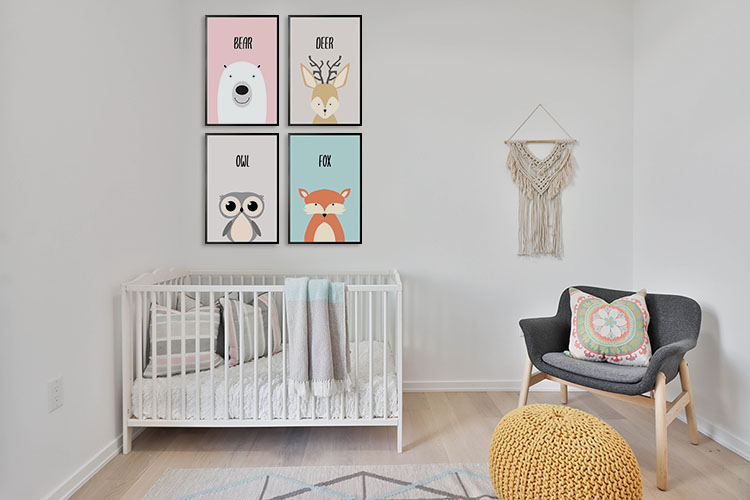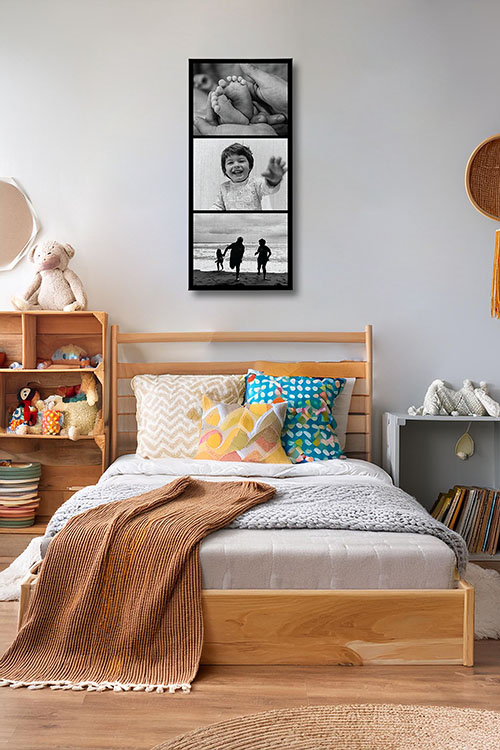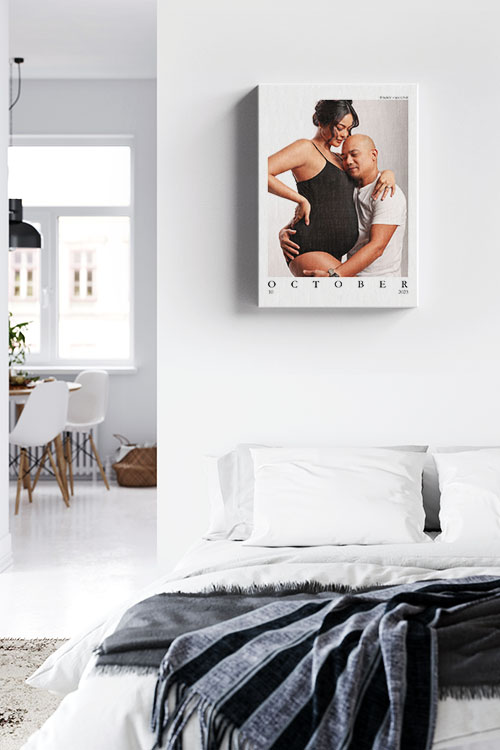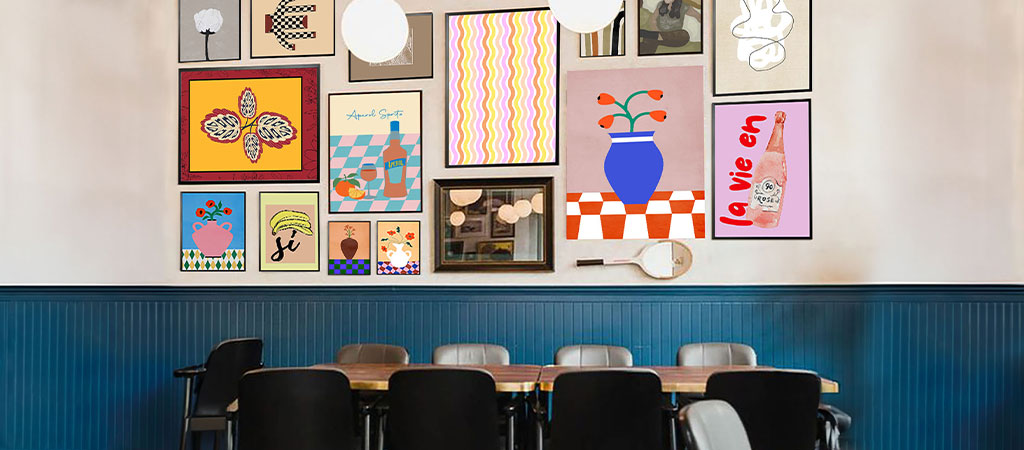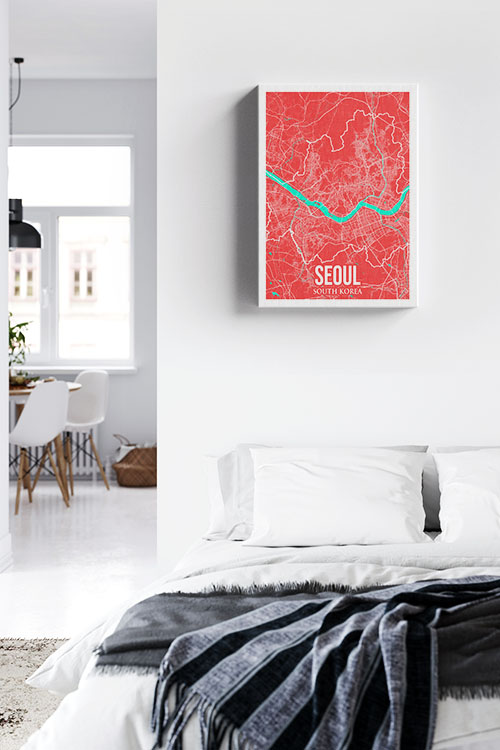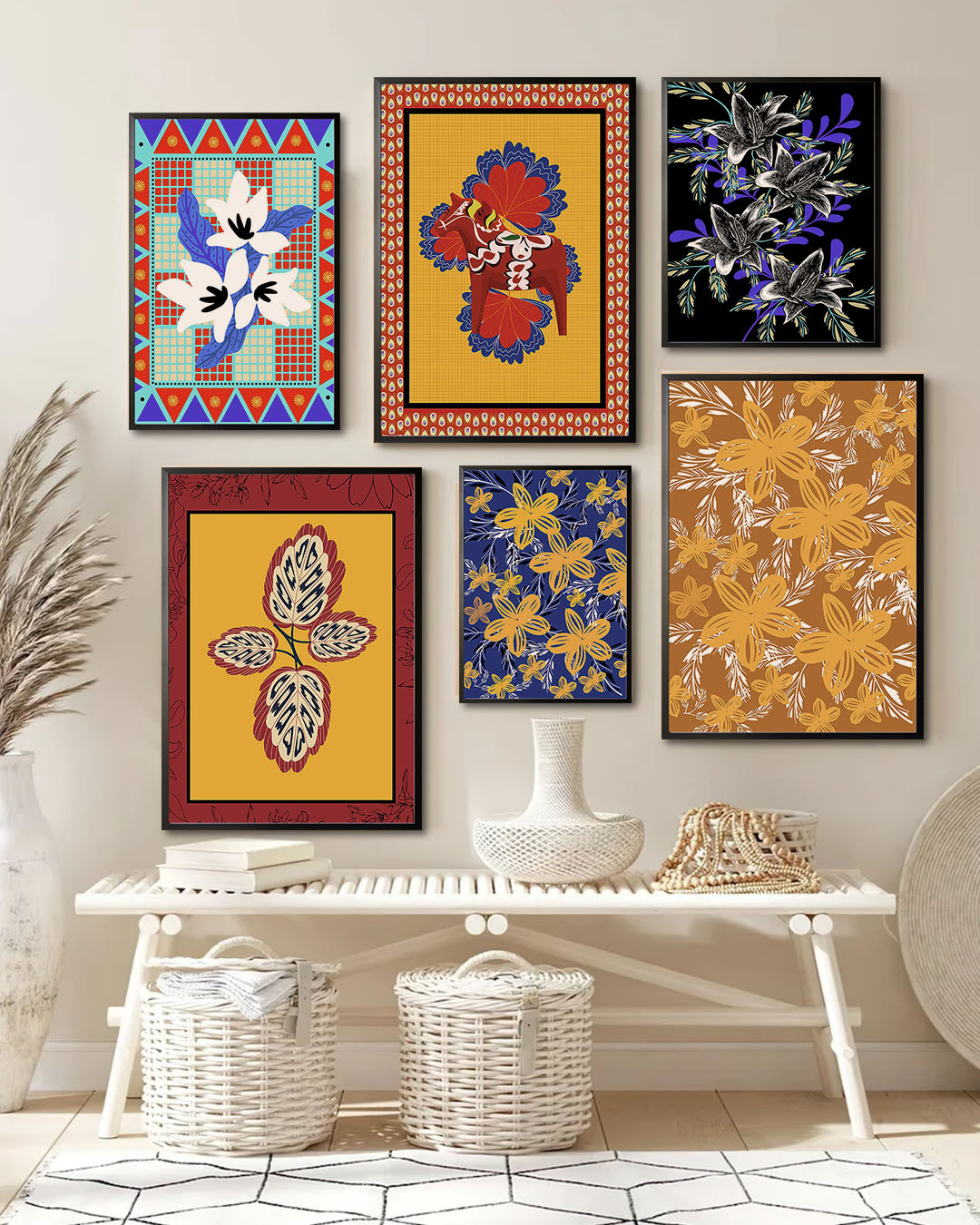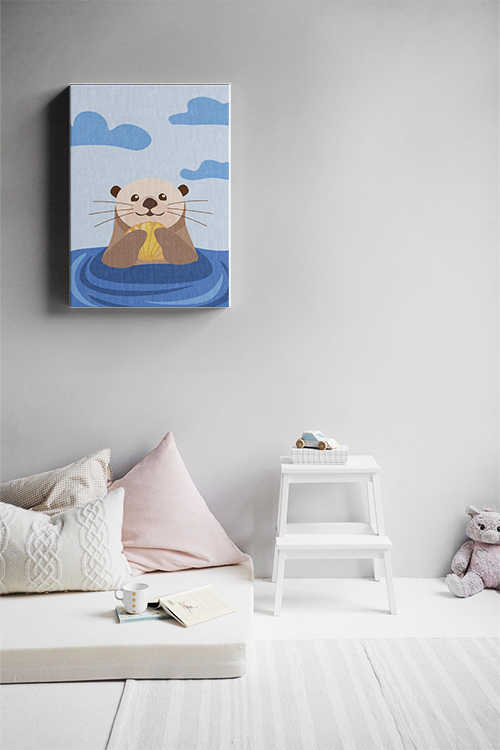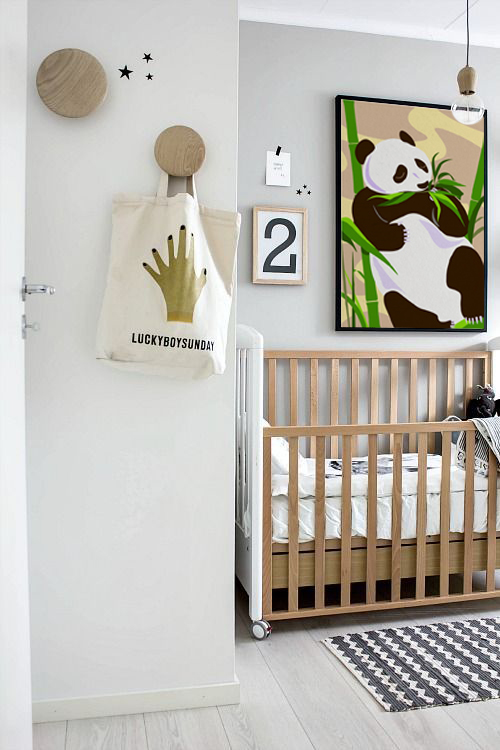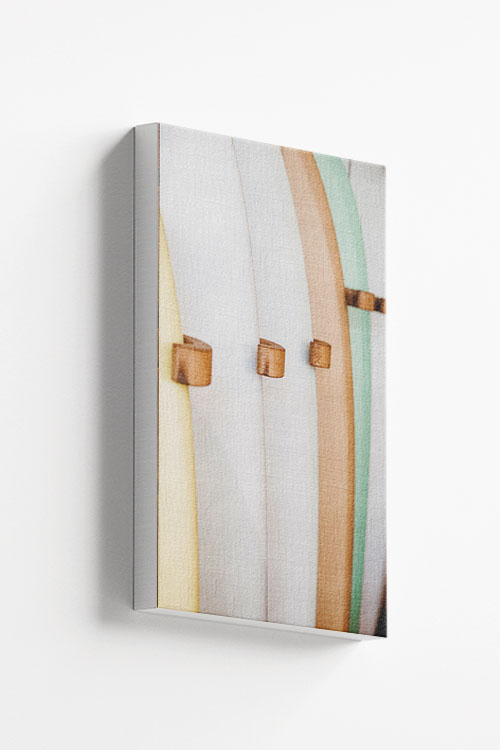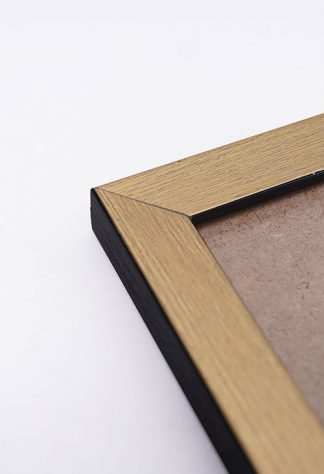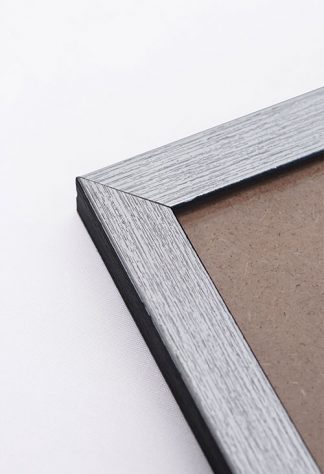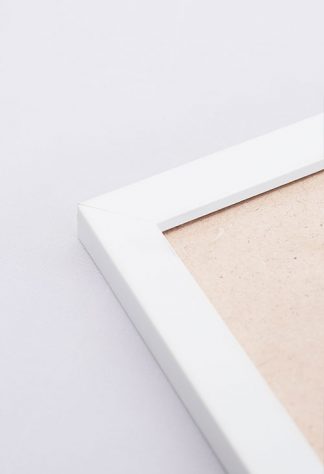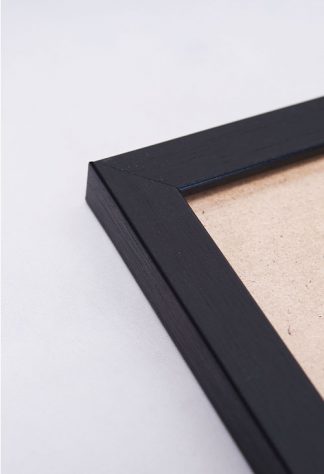
Transforming your kitchen doesn’t have to drain your bank account. With creativity and strategic planning, you can give your kitchen a fresh look and improved functionality without a hefty price tag. Here are some budget-friendly kitchen upgrades to consider.
Paint Your Cabinets
One of the most impactful changes you can make is repainting your cabinets. Choose a color that complements your kitchen’s overall aesthetic, whether classic white, a trendy navy blue, or a cheerful pastel. High-quality paint and a little elbow grease can make your cabinets look brand new without the cost of replacement.
Update Hardware
Replacing cabinet handles, drawer pulls, and hinges can modernize your kitchen. Opt for sleek brushed nickel, matte black, or brass finishes to add a contemporary touch. Hardware upgrades are easy and cost a fraction of a complete renovation.
Revamp the Backsplash
A new backsplash can breathe life into your kitchen. Peel-and-stick tiles are a budget-friendly option that mimics the look of expensive materials like subway tiles or natural stone. These are simple to install and can dramatically transform the space quickly.
Refresh Countertops
If replacing countertops is out of your budget, consider countertop refinishing kits. These kits allow you to mimic the look of granite, marble, or concrete for a fraction of the cost. Another option is to install a butcher block countertop on a small section for added warmth and functionality.
Enhance Lighting
Good lighting can make a world of difference in any kitchen. For a sleek and functional upgrade, replace outdated fixtures with modern pendant lights or install under-cabinet LED strips. Plug-in puck lights are also a temporary, cost-effective solution.
Add Open Shelving
Remove a few cabinet doors to create open shelving. This change can make your kitchen feel more spacious and allow you to display your favorite dishes, glassware, or cookbooks. Paint or line the interior of the cabinets for a polished look.
Upgrade Faucets
A stylish new faucet can serve as a focal point and elevate the overall appearance of your kitchen. Find affordable options with features like pull-down sprayers or touchless operation to combine style with convenience.
Reorganize and Declutter
Sometimes, the best upgrade is simply rethinking your space. Invest in organizers, dividers, and storage bins to declutter countertops and maximize cabinet space. A neat kitchen often feels more extensive and more inviting.
Incorporate Decorative Accents
Small changes like adding a colorful rug, trendy prints, or introducing plants can make your kitchen feel cozier and more personalized. Consider a decorative bowl of fruit or a vase of fresh flowers as a centerpiece for your kitchen island or table.
Upgrade Appliances Gradually
If your appliances are outdated but functional, consider replacing them one at a time as your budget allows. Look for sales or refurbished options to save money while upgrading your kitchen’s functionality and appearance.
You can create a stylish and functional kitchen without overspending by focusing on these budget-friendly upgrades. Remember, small changes can have a significant impact when done thoughtfully.
